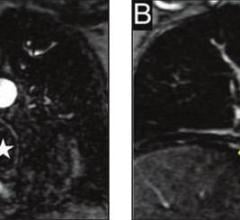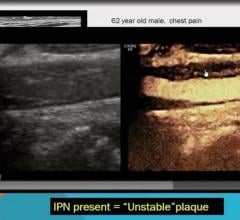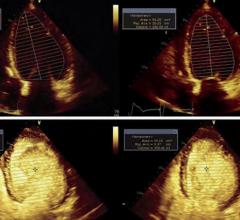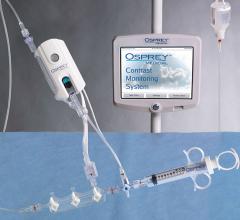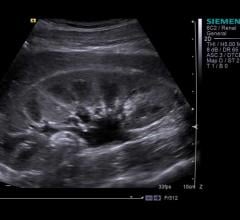June 17, 2008 – Findings indicate that when used with PET technology, BMS747158 demonstrates a favorable radiation dosimetry profile and is generally well tolerated, according to data presented by Lantheus Medical Imaging at SNM 2008.
Principal Investigator, Dr. Jamshid Maddah presented the Phase I data relating to the safety and tolerability in human subjects of BMS747158, its novel fluorine 18-labeled positron emission tomography (PET) tracer for myocardial perfusion imaging.
The preliminary clinical findings indicate that when used with PET technology, BMS747158 demonstrates a favorable radiation dosimetry profile and is generally well-tolerated. Exploratory analyses from this study showed high myocardial uptake that was stable over time with favorable myocardial to background ratios. These findings will be further expanded on in subsequent studies.
The Phase I clinical trial was designed to estimate radiation dosimetry of a single dose of BMS747158 in healthy subjects at rest. Secondary objectives included assessing human safety, tolerability and biodistribution. Thirteen subjects were injected with 150-260 MBq of BMS747158 intravenously at UCLA. Whole body imaging using PET technology was conducted for five hours to collect data for radiation dosimetry calculation. Extensive safety monitoring was conducted with clinical labs, ECG, EEG, neurological, heart rate and blood pressure assessment at several time points during the study.
Preliminary results of this first in human, Phase I study show that intravenous injection of BMS747158 was safe and well-tolerated. No adverse events attributed to the study drug were reported. Mean effective dose was 0.073 rem/mCi, with standard deviation (SD) of 12 percent. Biodistribution results showed high myocardial uptake with favorable target to background ratios. Although non-optimized, heart imaging data collected over the first 10 minutes demonstrated that BMS747158 used in combination with PET imaging could provide high quality cardiac images.
For more information: www.lantheus.com


 August 17, 2023
August 17, 2023 
